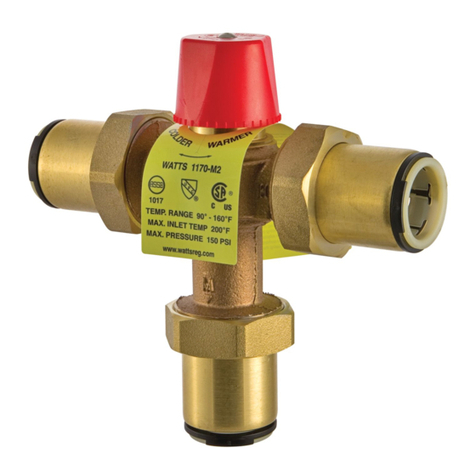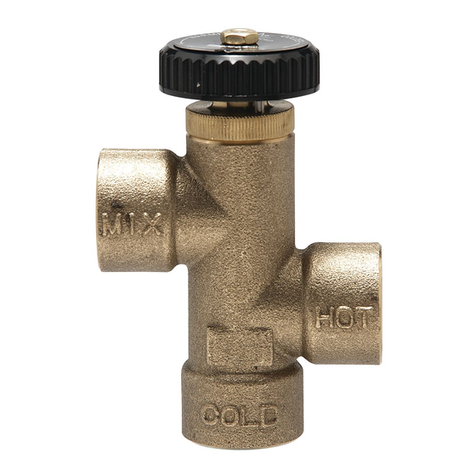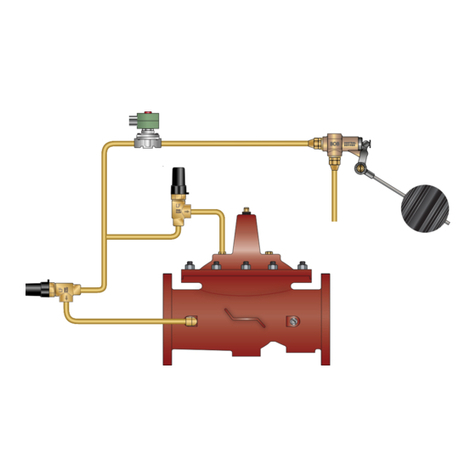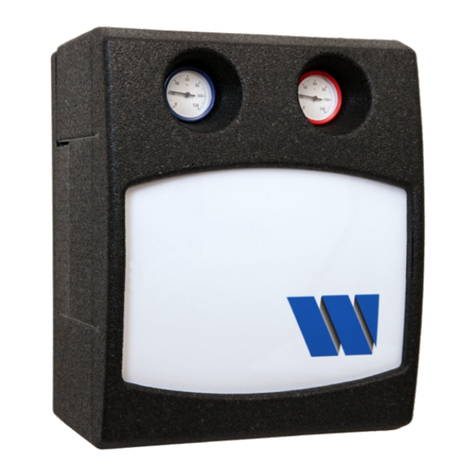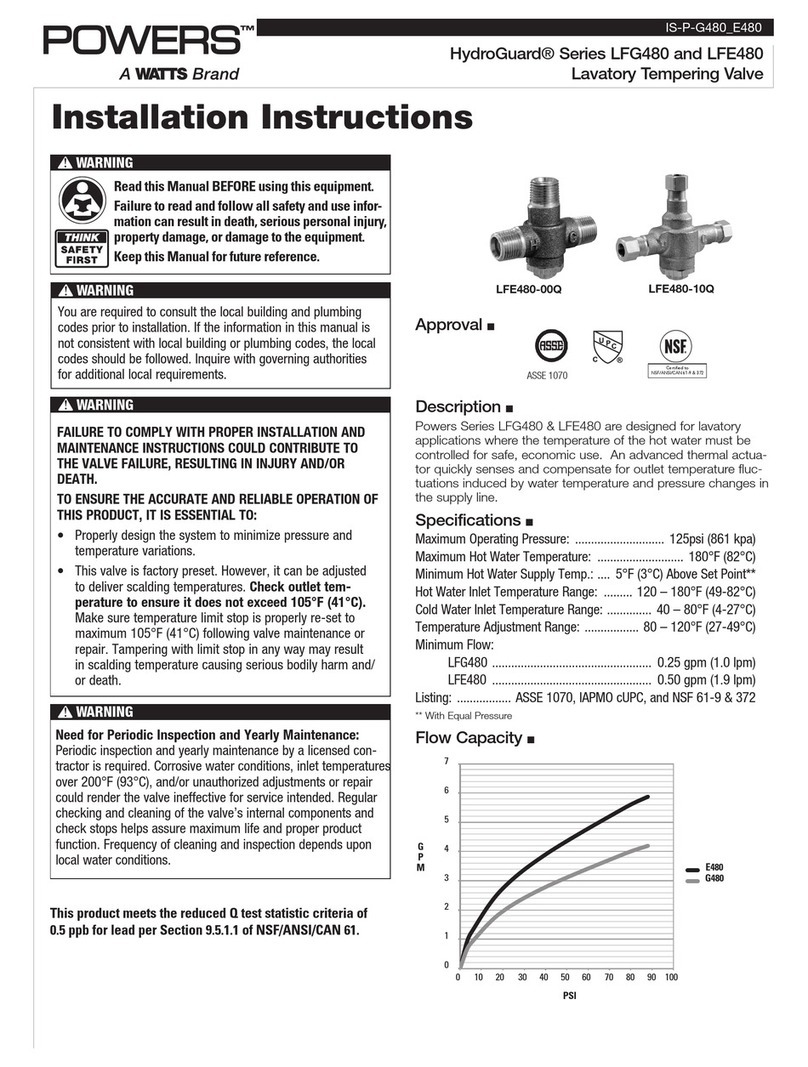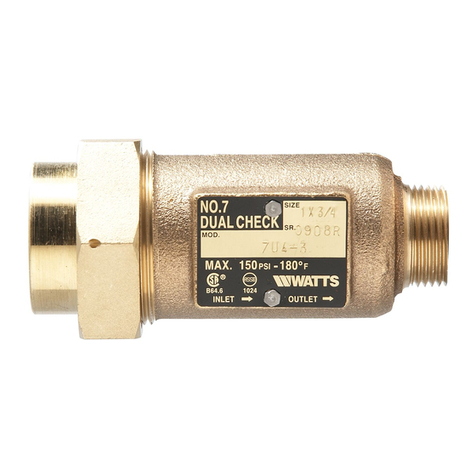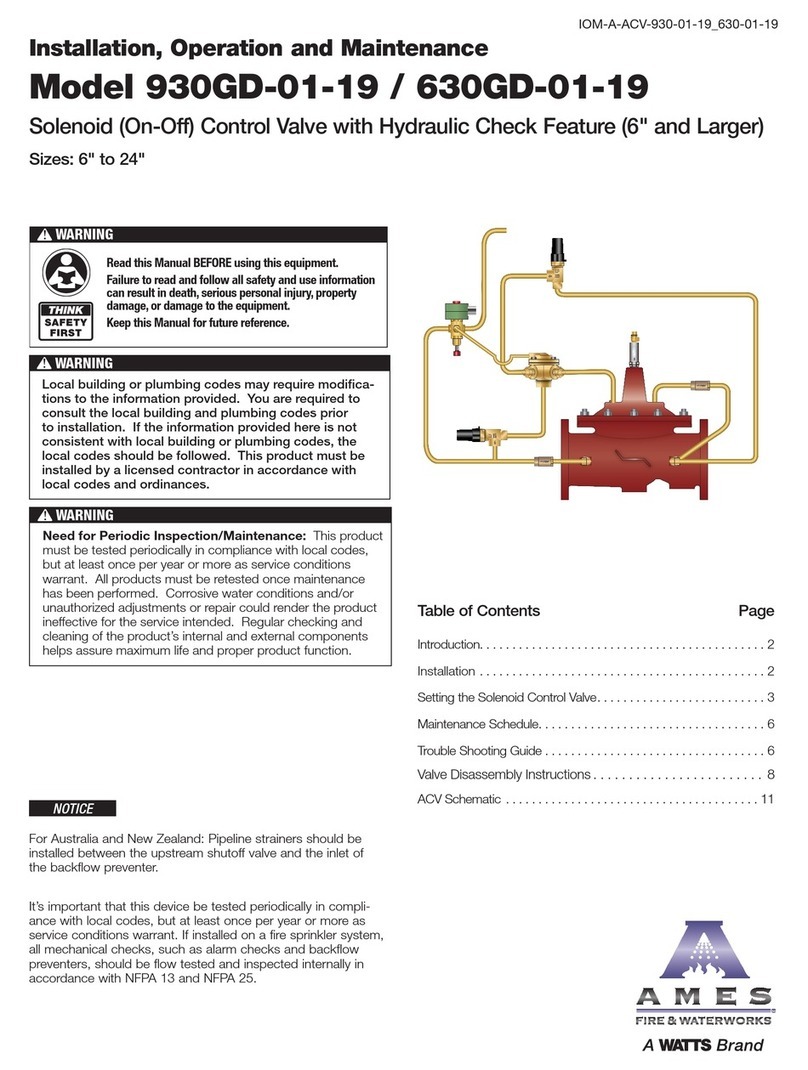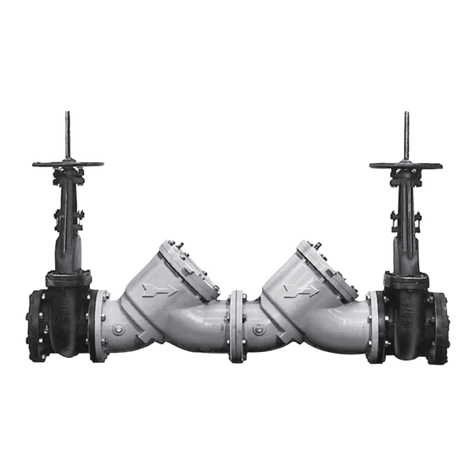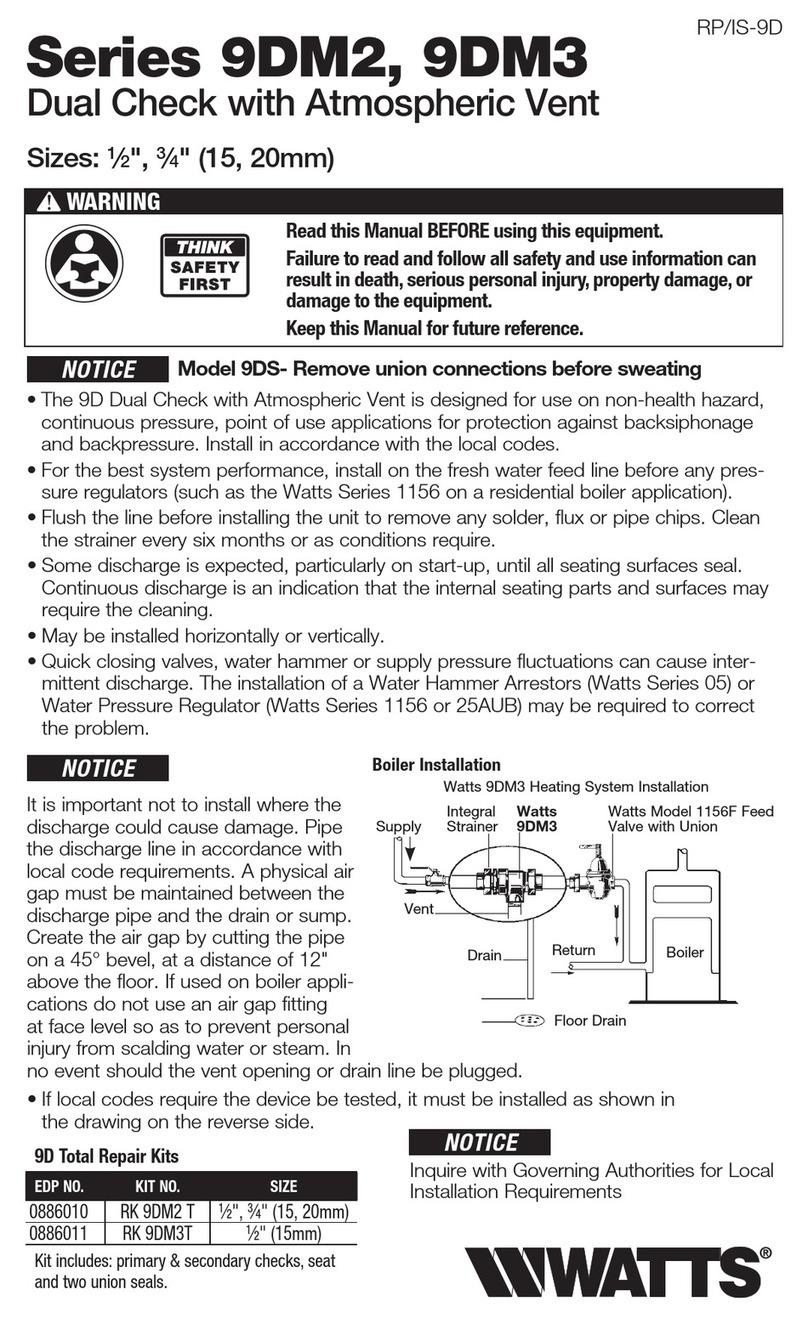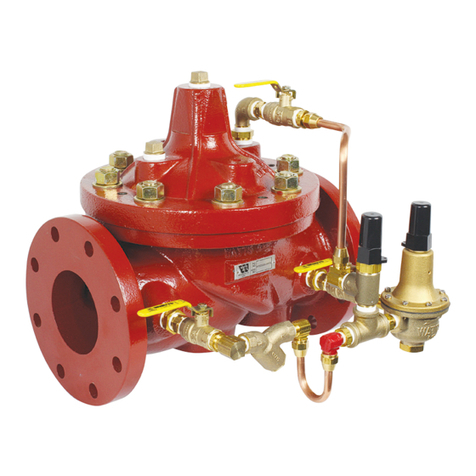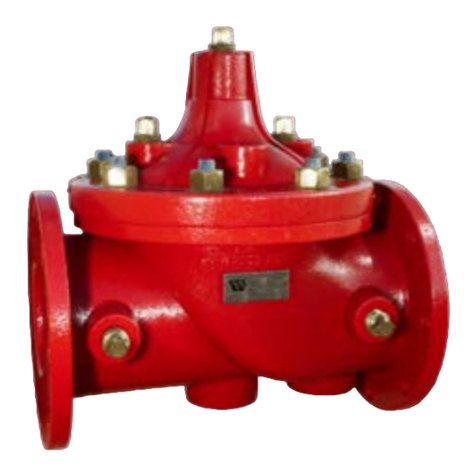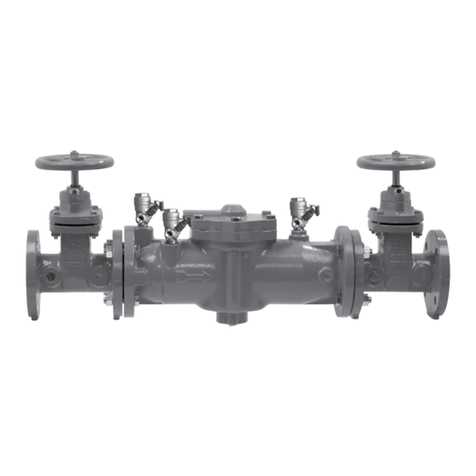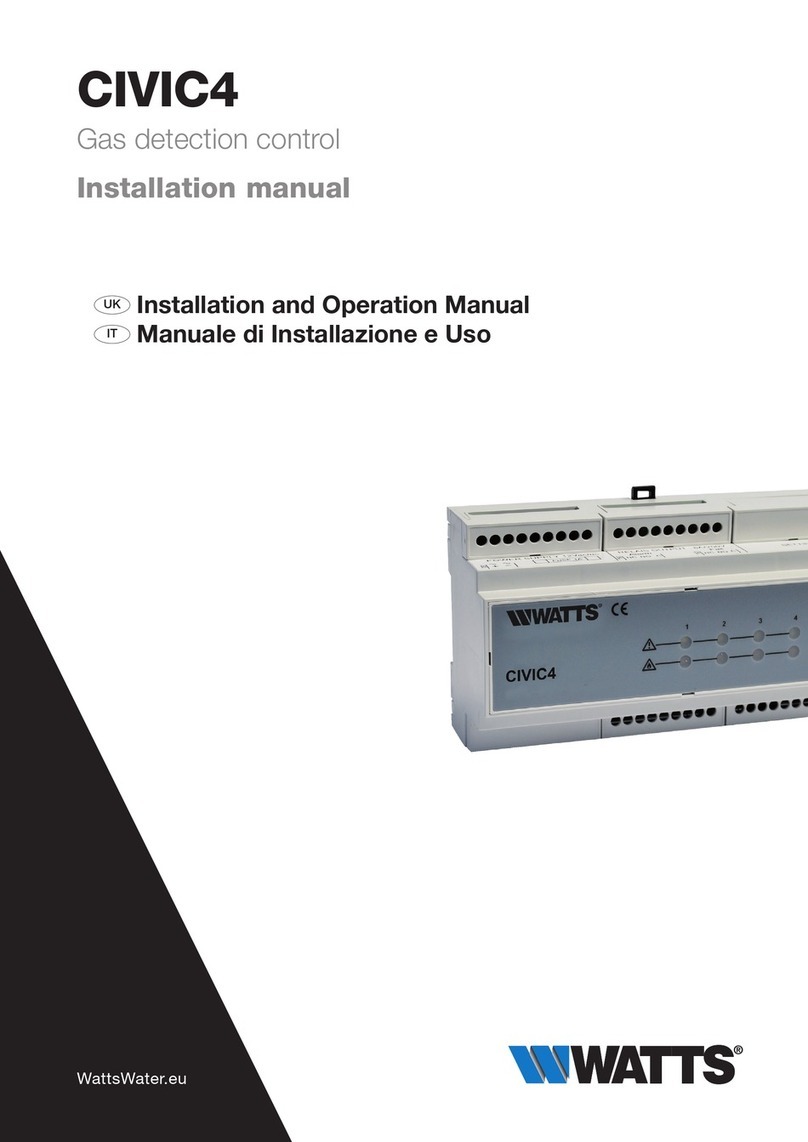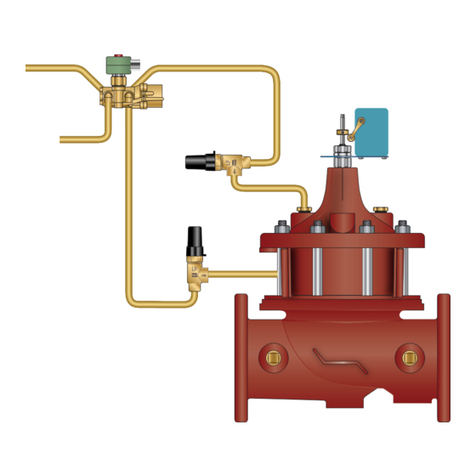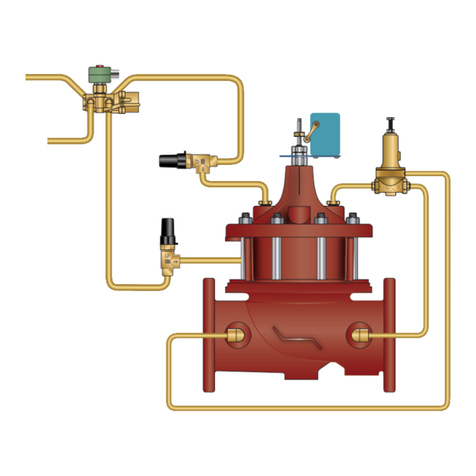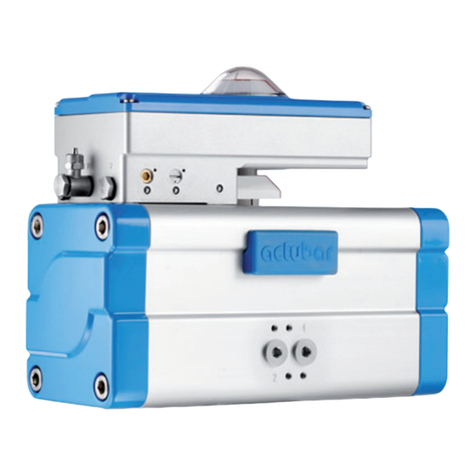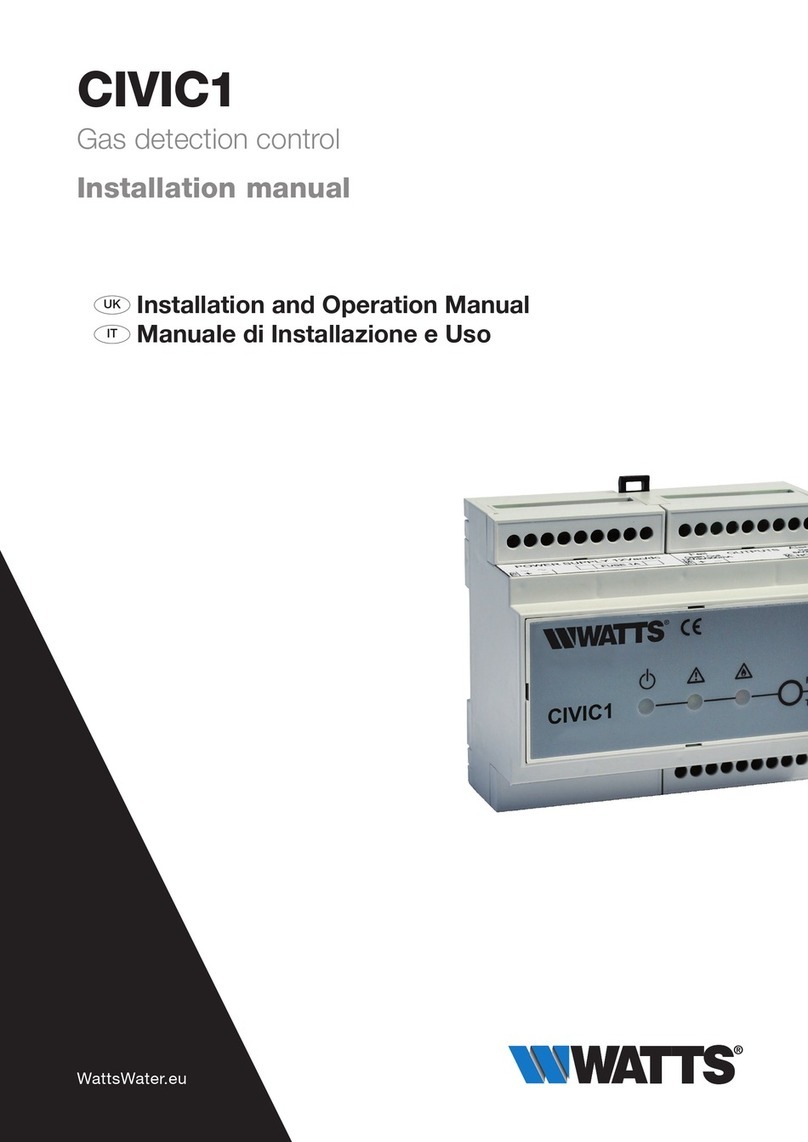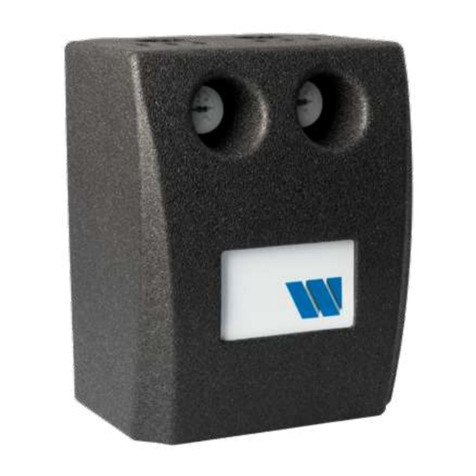
4IOM-A-Deringer 20G/20GX/30G/30GX_6-8 2005 EDP#2916000 © 2020 Watts
Maintenance of First Dual-action Check Module
1. Use a #2 phillips head screwdriver to remove tower screws
(A) from the first check seat (B). The double torsion spring
(C) is captured and does not need to be retained during
maintenance.
2. After removing the tower screws (A) examine the elastomer
disk (D) and check seat (E) for fouling or damage.
3 Should elastomer disk (D) need replacement unscrew disk
retainer screws (F) and remove disk retainer (G). Carefully
remove and replace elastomer disk (D). When replacing
elastomer disk (D) be certain that no air, water or debris is
trapped in the clapper (H) cavity behind the elastomer disk (D).
4. Reverse the order of the above instructions to reassemble
check.
• Elastomer disk must be flat in clapper (H) cavity before
tightening disk retainer screws (F).
• Do not cross thread disk retaining screws (F).
F
G
E
D
D
A
H
B
C
Part 2
1. To replace a damaged red silicone poppet disk, use a #2
phillips head screwdriver to remove the disk retaining screw (A).
2. Remove disk retaining washer (B).
3. Use a flathead screwdriver to remove the gasket from
poppet cavity (C).
4. Install new red silicone poppet disk (D).
5. Reverse the order of the above instructions to reassemble
check poppet assembly.
6. Reverse the order of the instructions on the previous page
to reassemble bypass check assembly.
Deringer 30G/30GX: Removing Bypass Meter
1. Using the ball valve handles, close the #2 bypass ball valve (B)
and then #1 bypass ball valve (A). (Ball valve is closed when
“T” handle is perpendicular to water flow through ball valve).
2. Using a #2 flat head screwdriver open bypass test cock #2
(D) and then open bypass test cock #1 (C). (Test cock is
open when screw driver slot is parallel to water flow through
test cock).
3. Using large adjustable pliers or a wrench, unscrew and
retract bypass meter coupling nuts (E). Remove the gaskets
(F) on both sides of bypass meter.
4. Gently remove bypass meter (G) from line. It is OK if the
bypass fittings move slightly during the removal process.
5. Reverse order of above instructions to reinstall bypass
meter. Remember to install gaskets (F) before threading
meter coupling nuts into place. FLOW
A
B
D
C
E
E
GF
A
AC
B
D
E
Disassembly and Maintenance of Bypass Check Valve (continued)
